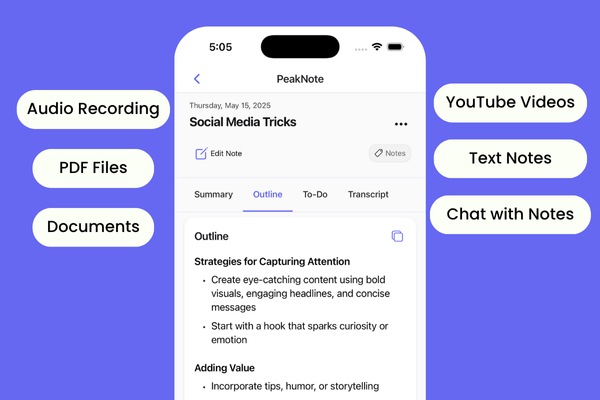In today's digital landscape, where user experience reigns supreme, front-end systems play a crucial role in shaping user interaction and engagement.
But what exactly is front-end system design, and how does it differ from conventional front-end development?
This article serves as a comprehensive guide for beginners, unraveling the complexities of this essential design process.
What is Front-End System Design?
Front-end system design goes beyond merely designing user interfaces. It's a holistic approach that encompasses the architecture, scalability, performance, and overall user experience of a front-end system.
It involves making strategic choices regarding the technologies, patterns, and infrastructure that underpin the system, ensuring it can handle expected user load and deliver a seamless experience across different platforms and devices.

Why is Front-End System Design Important?
Effective front-end system design paves the way for several benefits, including:
- Enhanced performance: A well-designed system leads to faster loading times, smoother interactions, and a more responsive user experience.
- Scalability: The system can adapt and grow as user base and data volume increase, ensuring smooth operation even under heavy traffic.
- Improved maintainability: By focusing on modularity and separation of concerns, the code becomes easier to understand, maintain, and update.
- Optimized user experience: The design prioritizes user needs and ensures intuitive interaction, leading to higher satisfaction and engagement.
- Reduced development time: By planning and architecting the system upfront, developers can avoid rework and bottlenecks, leading to faster development cycles.
Key Components of Front-End System Design:
- User Interface Design: This involves designing the visual elements and interactions that users will directly interact with. It encompasses aspects such as layout, typography, color palettes, and responsiveness.
- API Design: This defines the interface between the front-end application and backend services. It specifies the data formats, endpoints, and communication protocols used for data exchange.
- State Management: This refers to the way application state is managed and updated across various components. Popular state management libraries include Redux, MobX, and React Context.
- Data Fetching and Caching: This involves efficiently retrieving and storing data from backend services to improve performance and user experience.
- Performance Optimization: This encompasses techniques such as code splitting, lazy loading, and image optimization to ensure fast loading times and smooth interactions.
- Accessibility: This ensures that the application is usable by everyone, regardless of their abilities. It involves adhering to WCAG guidelines and best practices.
- Security: This is crucial for protecting user data and ensuring the integrity of the application. It involves implementing authentication, authorization, and data encryption strategies.
- Testing and Monitoring: This is essential for ensuring the application is functioning correctly and identifying potential issues before they impact users. It involves unit testing, integration testing, and end-to-end testing.
Common Challenges in Front-End System Design:
- Balancing user experience and performance: Striking the right balance between a visually appealing interface and efficient performance can be challenging.
- Choosing the right technologies: The ever-evolving landscape of front-end technologies can make it difficult to choose the best tools for the job.
- Scalability concerns: Designing a system that can handle unexpected growth and increasing user traffic requires careful planning and resource allocation.
- Maintaining code quality: As the system grows, it can become difficult to maintain clean and maintainable code, leading to potential problems later.
Conclusion:
Front-end system design is an essential skill for any aspiring front-end developer. By understanding the fundamental principles and best practices, you can build robust and scalable systems that deliver exceptional user experiences.
Remember, the key lies in a holistic approach, prioritizing user needs, performance, and maintainability while navigating the ever-evolving front-end landscape.

